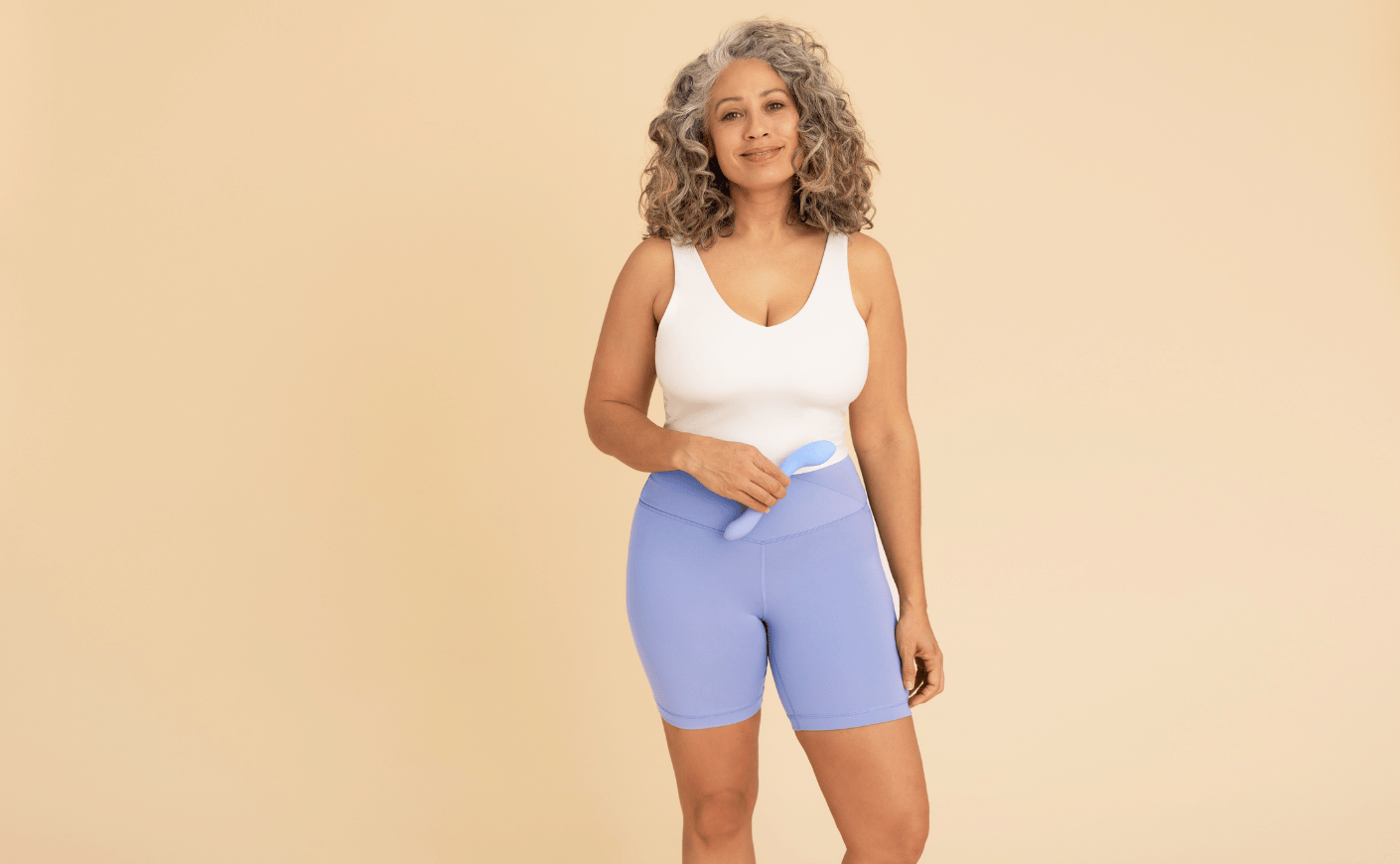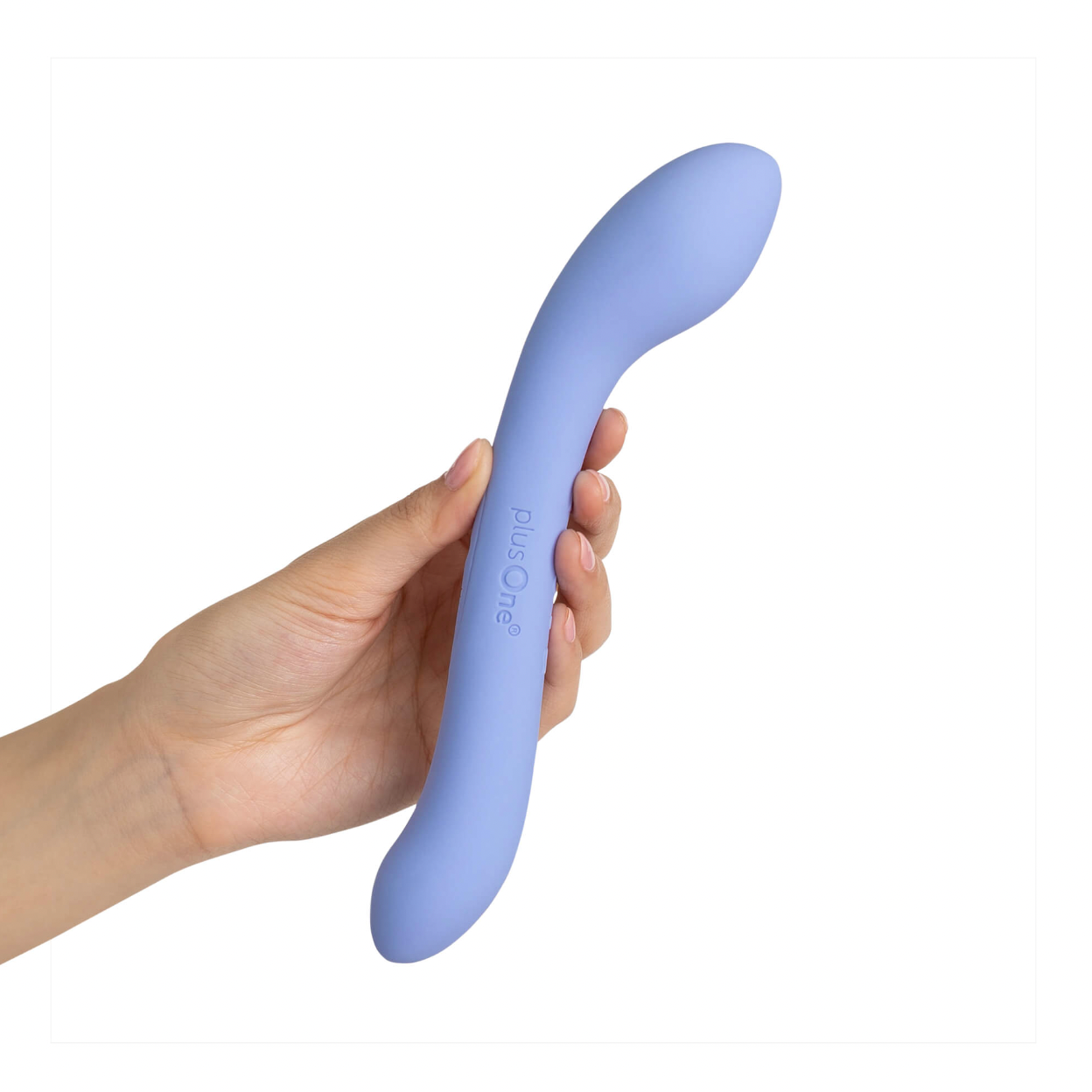A series of road bumps often pops up during the “ride” from perimenopause through menopause: Mood swings, a dip in libido, brain fog, anxiety, and depression, just to name a few.
And while perimenopause may just be a pit stop on a woman’s reproductive journey, it’s a personally significant time period and one many women don’t get enough information about. For starters, many wonder when it actually begins, and the answer isn’t incredibly clear-cut: Perimenopause typically goes into effect for women between their late 30s and early 50s — a broad range. But luckily, it’s fairly easy to (pardon the pun) spot. “One of the most obvious signs to look out for is that your periods become irregular, either heavier or more spaced out,” says Karyn Eilber, MD, a urologist at Cedars-Sinai and certified menopause practitioner. “You might also notice diminished libido and a general sense of not feeling right, akin to but milder than menopausal symptoms. Then, as menopause approaches, these symptoms can intensify.”
Fortunately, there are several ways to manage any difficult symptoms during the early and late phases of peri: Options like cognitive behavioral therapy, medication, hormone replacement therapy, and natural remedies are all available. And thanks to new research by Dr. Karen Eilber, you can add “using a vibrator” to that list.
In a new study, “The Role of Vibrators in Women’s Pelvic Health: An Alluring Tool to Improve Physical, Sexual, and Mental Health,” the researchers found that women between the ages of 19 and 80 (a pretty impressive range) reported improved sexual, genitourinary, and mental health after using a vibrator a couple of times a week for at least five minutes over a span of three months.
Dr. Eilber was one of the sexual-health experts behind the study and was fascinated by the results. “For decades, after a prostatectomy, men have been prescribed medications like Viagra to increase blood flow and aid healing. There’s no equivalent for women,” says Dr. Eilber. This disparity led her and a team of other sex experts to explore alternative methods to improve blood flow and sexual function in women, focusing on vibrators. That’s ultimately why the engineers at plusOne designed a vibrator built specifically with perimenopause and menopause in mind.
The health benefits of using a vibrator
A vibrator offers more than just a physical release: The research shows that regular use can alleviate pain during intercourse and even symptoms of pelvic organ prolapse. “One of the main things that occurs when a woman gets aroused is increased blood flow, which results in lubrication,” says Dr. Eilber. “Using a vibrator can help simulate this process.” This heightened blood flow can also combat vaginal dryness, another common symptom of perimenopause.
And there’s more: Orgasms aren’t just physically pleasurable — they can boost your mood, too. The release of neurotransmitters (including dopamine and oxytocin) during climax contributes to these feel-good effects, making vibrators a trusty nightstand drawer staple during this life stage. “Sexual health is crucial for your overall well-being,” says Dr. Eilber. plusOne’s Consumer Perception Study showed that after four weeks of vibrator usage, 98 percent of participants felt more relaxed, 97 percent had an orgasm, 95 percent boosted their mood, 94 percent felt less stressed, and 91 percent slept better.
The overall message is that whether or not you have a partner, vibrators empower you to take control of your health while stimulating your intimate area and maximizing your sense of self.
How to choose the right vibrator
Think simple. “It’s like starting a new sport,” says Dr. Eilber. “You don’t need the highest-end equipment right away.” For beginners, it’s ideal to pick a non-intimidating option and get familiar with its settings in a private, comfortable environment.
The book The Menopause Sparkle, which Dr. Eilber co-wrote, shares ways to maintain your sexual longevity, and one chapter focuses on getting to know your vibrator. “When you get a new phone, you turn it on and play with the settings,” she explains. “It’s the same with your vibrator. You want to pick a time and place when you’ll be uninterrupted because you can’t enjoy it as much if you’re preoccupied by the idea of somebody walking in.”
The plusOne Menopause Massager is Dr. Eilber’s go-to, thanks to its heating feature and dual-ended design that adjusts to your body’s needs. “The Menopause Massager offers 10 different vibration settings. And it’s not scary-looking, which is important for first-time users,” says Dr. Eilber. “So if somebody picks it up and says ‘What is this?’ it’s not embarrassing. You can say, ‘It’s my massager.'”
In a clinical study, plusOne found that after using their vibrating device, 98 percent of users felt more relaxed, 97 percent had an orgasm, and 91 percent slept better. (And given how many women struggle with sleep during this life stage, regularly using a vibrator is a promising solution for improved zzz’s and, in turn, overall well-being.)
Incorporating vibrators into your menopause toolkit might seem unorthodox, but the benefits make this choice well worth it. Here’s an introduction to your new best friend:










